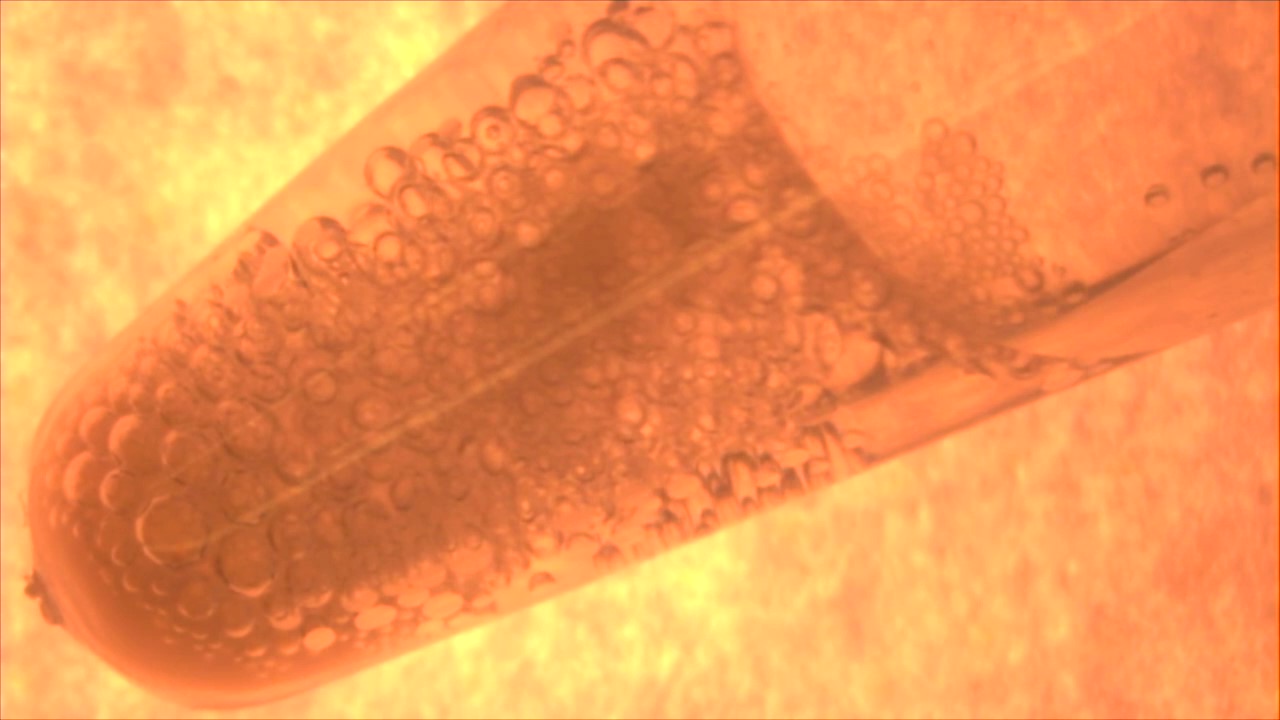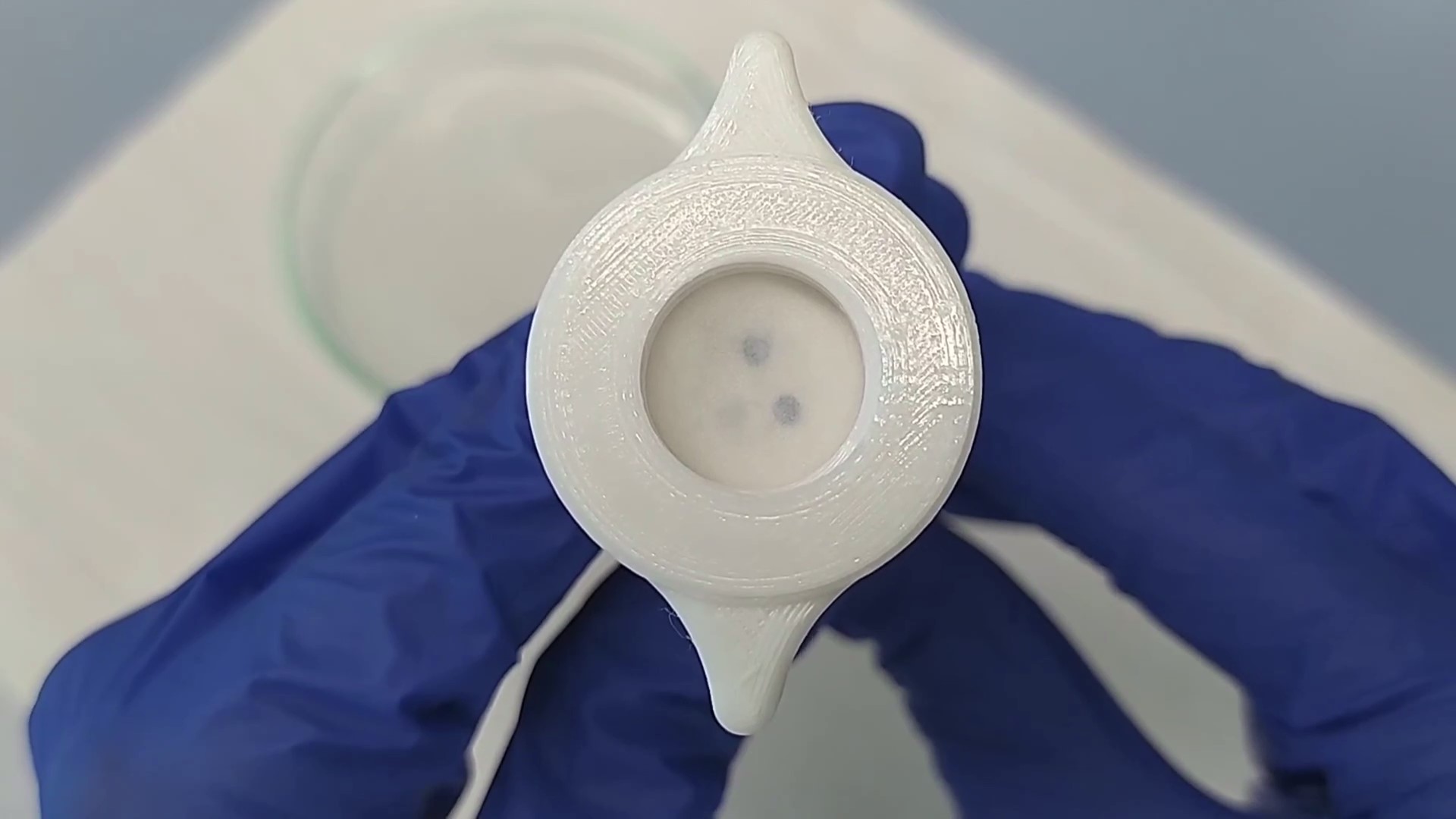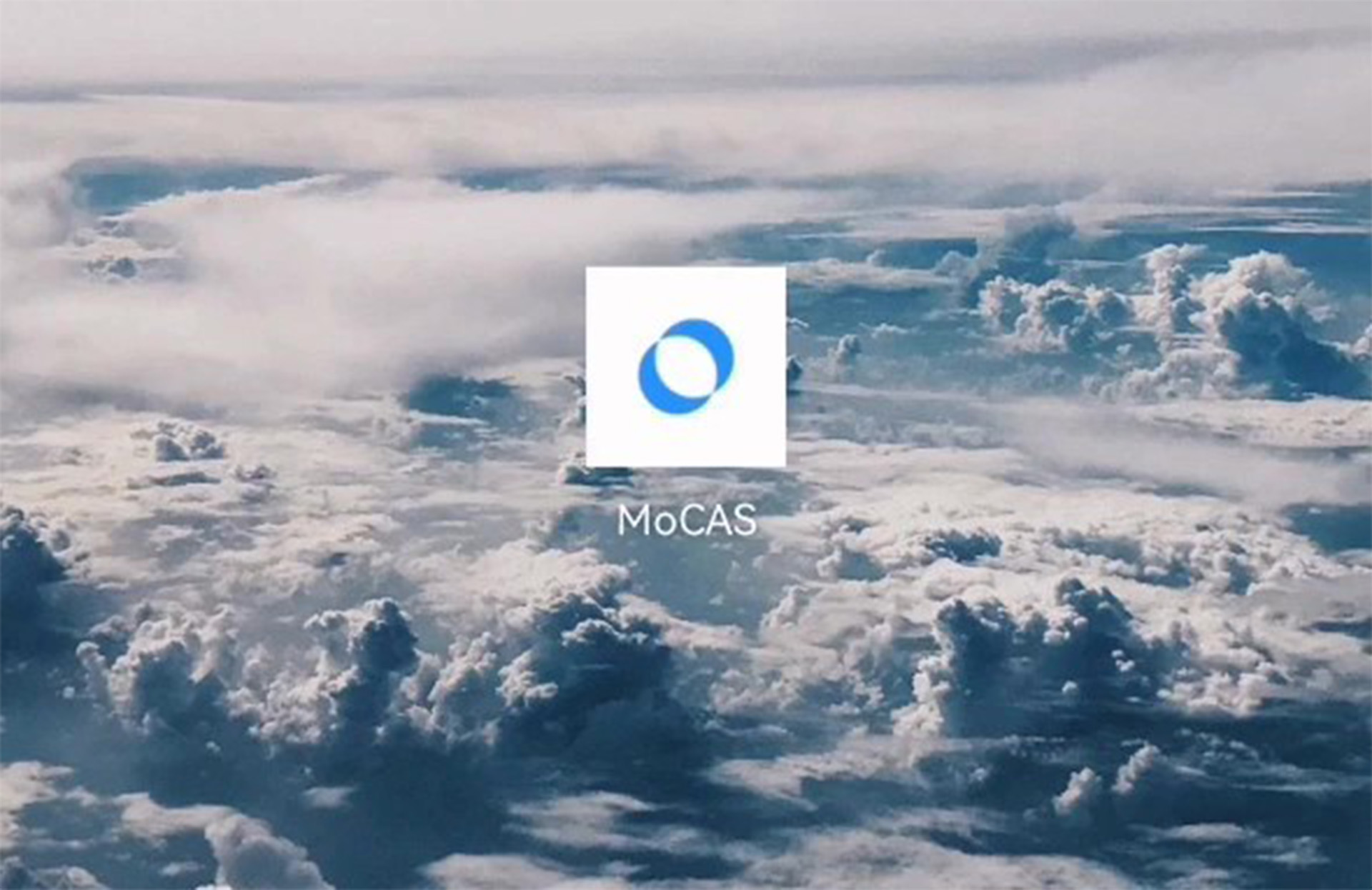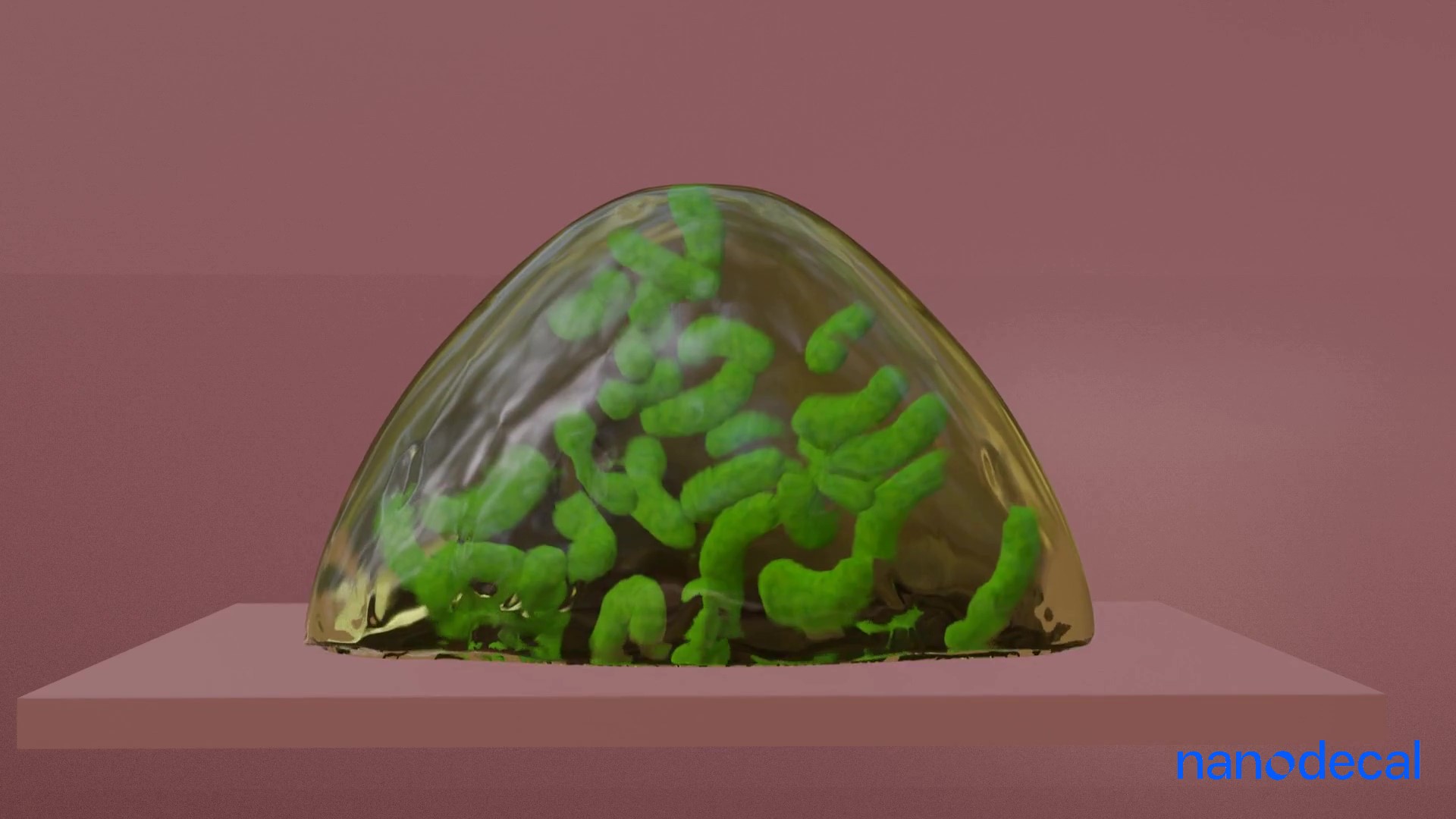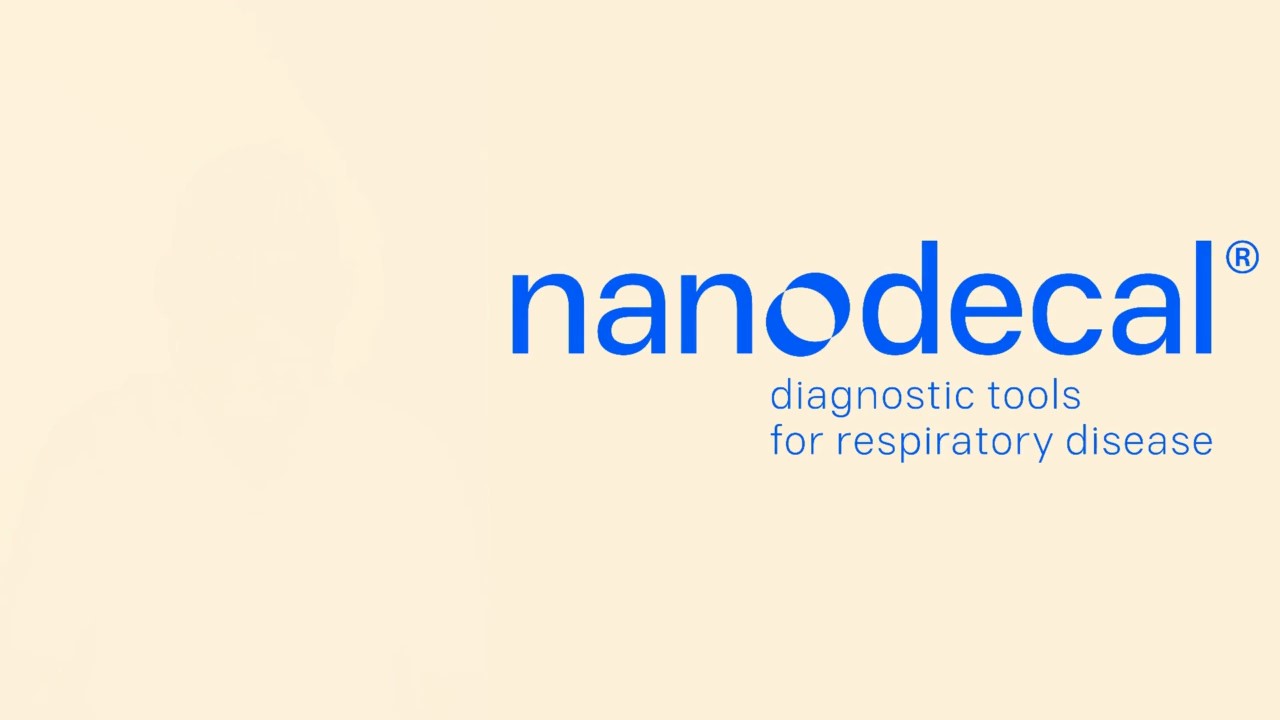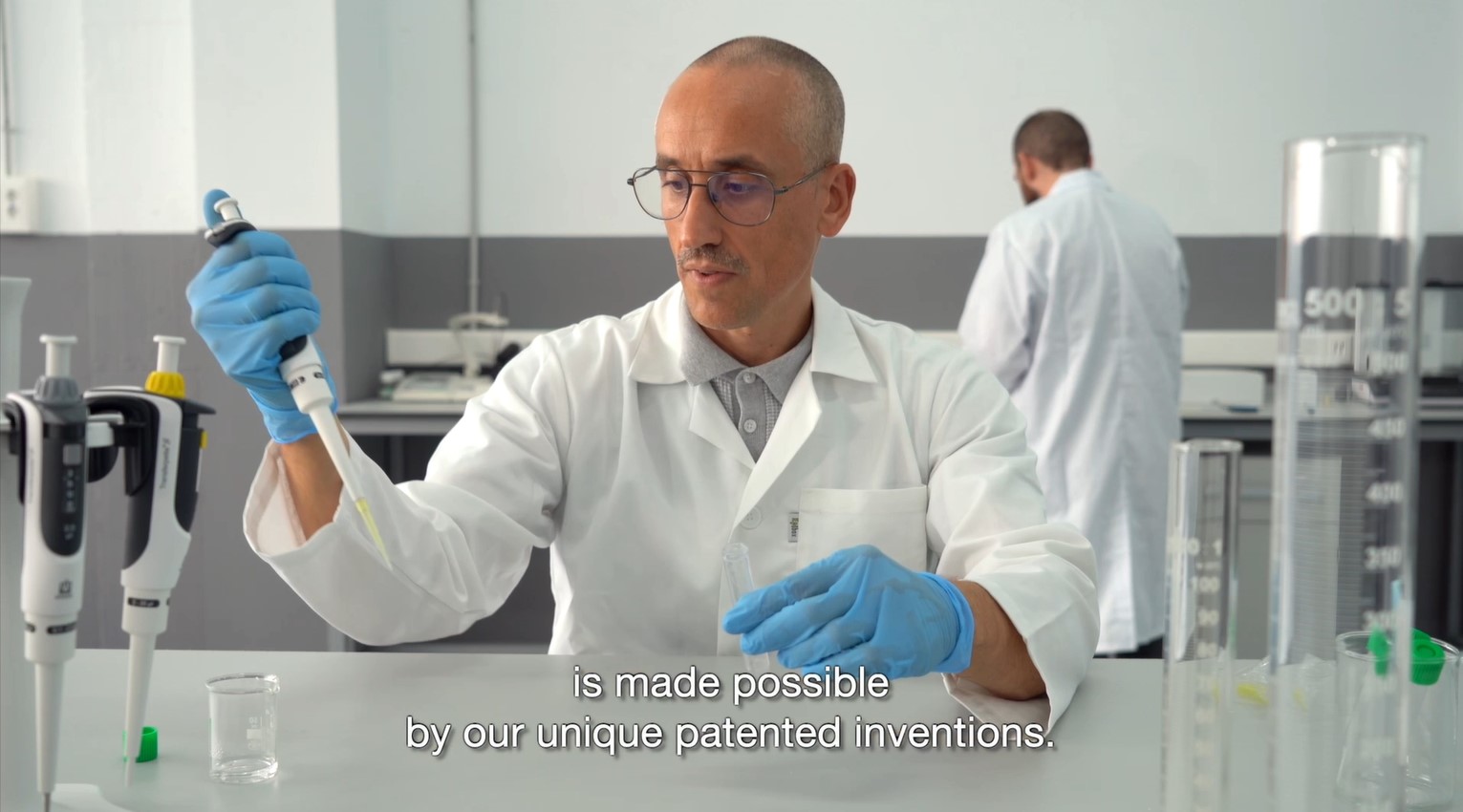Lung conditions are diagnosed by analyzing sputum. However, its viscosity can pose challenges in obtaining an accurate and representative sample. The thickness of sputum can make it difficult to collect and analyze, potentially leading to inconclusive or inaccurate results.
The viscosity of sputum can be influenced by several factors, including the patient's hydration status, the presence of infection, and the severity of the underlying lung condition. Dehydration can lead to thicker, more viscous sputum, making it harder to collect and analyze. Infections, such as bacterial or viral pneumonia, can also increase sputum viscosity due to the presence of pus and cellular debris. Additionally, chronic lung conditions like cystic fibrosis or chronic obstructive pulmonary disease (COPD) can cause the production of thick, tenacious sputum, further complicating sample collection and analysis.
CataLiST liquifies respiratory samples faster, making it the clear choice for rapid tests.
Liquefaction techniques are often employed to make the sample more manageable for analysis. This aim at making sputum more liquid, thus liberating the pathogens trapped in the viscous matrix. Nanodecal’s technology for sputum treatment (CataLiST) liquefies respiratory samples rapidly and efficiently, making it the clear choice for rapid tests. It only requires adding a reagent and waiting for 1 minute. No equipment or infrastructure is required. This approach overcomes the limitations of traditional techniques based on chemical and mechanical liquefaction.
Mechanical Methods
This technique involves the use of physical force, such as vortexing or ultrasonication, to break down the sputum. This technique is particularly useful for patients with chronic respiratory diseases, such as cystic fibrosis, chronic bronchitis, and asthma, as it allows for more accurate and efficient testing of their sputum samples. The drawback to this method is the time it takes to send samples to a specialized laboratory that has the equipment needed for this technique. Therefore it is not suitable for rapid analyses at the point of care.
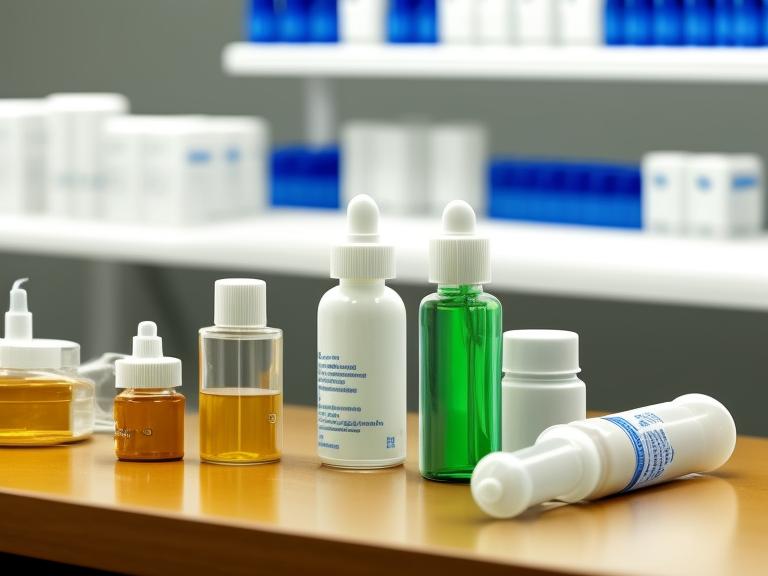
Chemical Methods
Chemical liquefaction is a common method used to break down sputum samples. This process involves the use of chemicals, such as dithiothreitol (DTT) or N-acetyl-L-cysteine (NALC), which help to dissolve the mucus and other components of the sputum. The sample is typically mixed with the chemical agent in a specific ratio and incubated for a set period, usually around 15-30 minutes. This method is effective in breaking down the sputum, but it is a lengthy multistep process that requires the infrastructure of a well-equipped lab, and therefore it is not appropriate for decentralized analyses.
The CataLiST Difference
CataLiST liquifies respiratory samples faster, making it the clear choice for rapid tests. Our method uses bubbles to break down viscous sputum samples in less than 2 minutes. CataLiST sample treatment allows our rapid tests to be used at the point of care, instead of being sent to a lab for processing. This saves vital time for healthcare workers and gives them the information they need to make an informed choice of antibiotic treatment.


